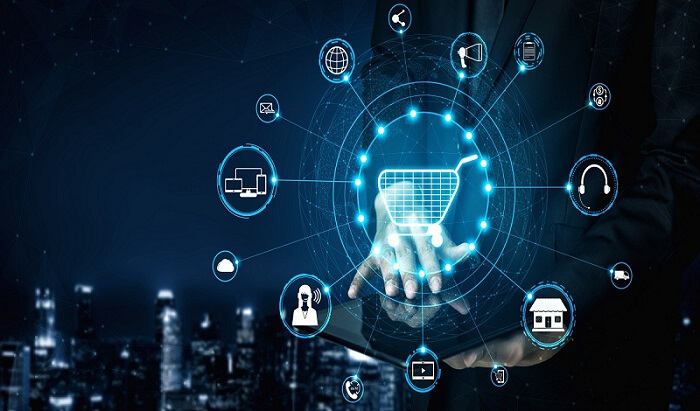That’s absolutely true! While virtual reality (VR) technology initially gained popularity in the gaming and entertainment industries, it has also found many practical applications in fields such as healthcare, education, architecture, and engineering.
In healthcare, VR is used for a variety of purposes, such as pain management, physical therapy, and medical training. For example, VR can help patients manage pain by providing a distraction from their discomfort, and it can assist physical therapists by providing a safe and controlled environment for patients to practice their movements. Medical professionals can also use VR for training and simulation purposes, allowing them to practice complex procedures in a virtual environment before performing them on real patients.
In education, VR can be used to create immersive learning experiences that can help students better understand complex concepts. For example, VR can allow students to explore historical sites or travel to different parts of the world without leaving the classroom. It can also be used to simulate dangerous or expensive scenarios that might be difficult to recreate in real life.
In architecture and engineering, VR can be used to create 3D models of buildings and structures, allowing designers to visualize and test different design concepts before construction begins. It can also be used to simulate real-world conditions, such as wind or earthquakes, to see how a structure will perform under different scenarios.
Overall, VR technology has many practical applications beyond entertainment and gaming. As the technology continues to evolve, we are likely to see even more innovative uses for VR in a variety of industries.
Virtual Reality (VR) is a technology that has come a long way since its inception in the 1960s. It has been primarily associated with gaming and entertainment, but there is much more to VR than just that. In recent years, VR has been increasingly utilized in various industries such as education, healthcare, real estate, tourism, and many others. This article aims to explore the different applications of VR beyond games and entertainment.
Education
VR has the potential to revolutionize education by providing immersive and interactive experiences that enhance learning. For example, in biology classes, students can explore different environments, such as the human body, and learn about its organs and systems. In history classes, students can visit historical sites and experience events that shaped the world. VR can also be used to simulate dangerous situations, such as natural disasters or accidents, which would otherwise be too risky to experience in real life.
Healthcare
The healthcare industry has also found a variety of applications for VR. One of the most significant applications is in medical training. Medical professionals can use VR to simulate surgeries and practice procedures before performing them on real patients. This can significantly reduce the risk of mistakes and improve patient outcomes. VR can also be used to treat patients with conditions such as anxiety, PTSD, and chronic pain. VR therapy can create a safe and immersive environment that helps patients confront and overcome their fears.
Real Estate
The real estate industry has started using VR to provide virtual property tours to potential buyers. With VR, buyers can experience a property as if they were physically present, without leaving their homes. This technology is particularly useful for buyers who live far away from the property they are interested in or for properties that are still under construction. VR can also be used to create virtual staging, which allows sellers to present different interior design options without having to physically move furniture around.
Tourism
The tourism industry has also found a variety of applications for VR. With VR, tourists can explore destinations and attractions before they even visit. This can help them plan their trips more effectively and make informed decisions about what to see and do. VR can also be used to create virtual tours of inaccessible locations, such as national parks, museums, or archaeological sites.
Military
The military has also been using VR for various applications. One of the most significant applications is in training. VR can simulate different environments, such as battlefields and war zones, and provide soldiers with realistic training experiences that prepare them for real-life situations. VR can also be used to create simulations that test soldiers’ decision-making skills and situational awareness.
Business
The business industry has also found applications for VR. VR can be used for virtual meetings and conferences, which can save companies time and money on travel expenses. VR can also be used to create virtual showrooms, which allow customers to experience products before they buy them. This can be particularly useful for companies that sell large or complex products, such as cars or machinery.
Conclusion
In conclusion, VR has many applications beyond games and entertainment. Its potential to revolutionize education, healthcare, real estate, tourism, military, and business is only beginning to be realized. As technology continues to improve, VR will become more accessible and affordable, and its applications will only continue to grow. VR has the potential to change the way we live, work, and interact with the world around us.
